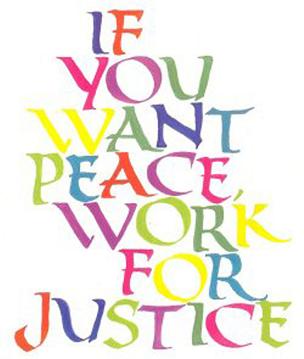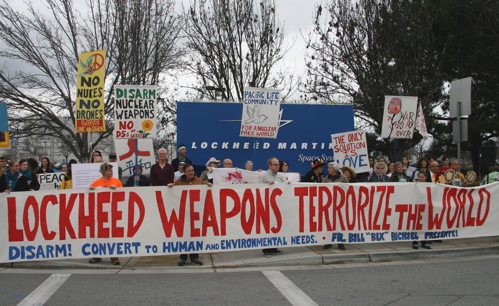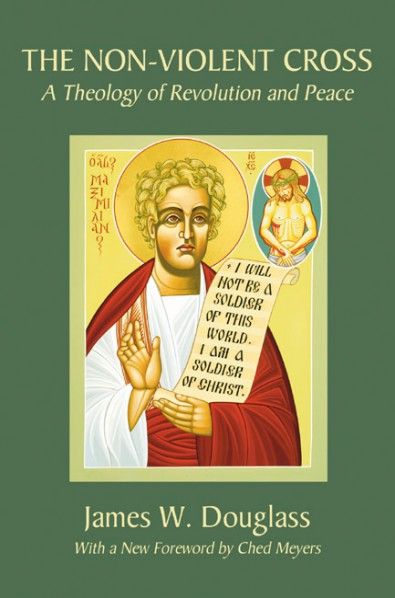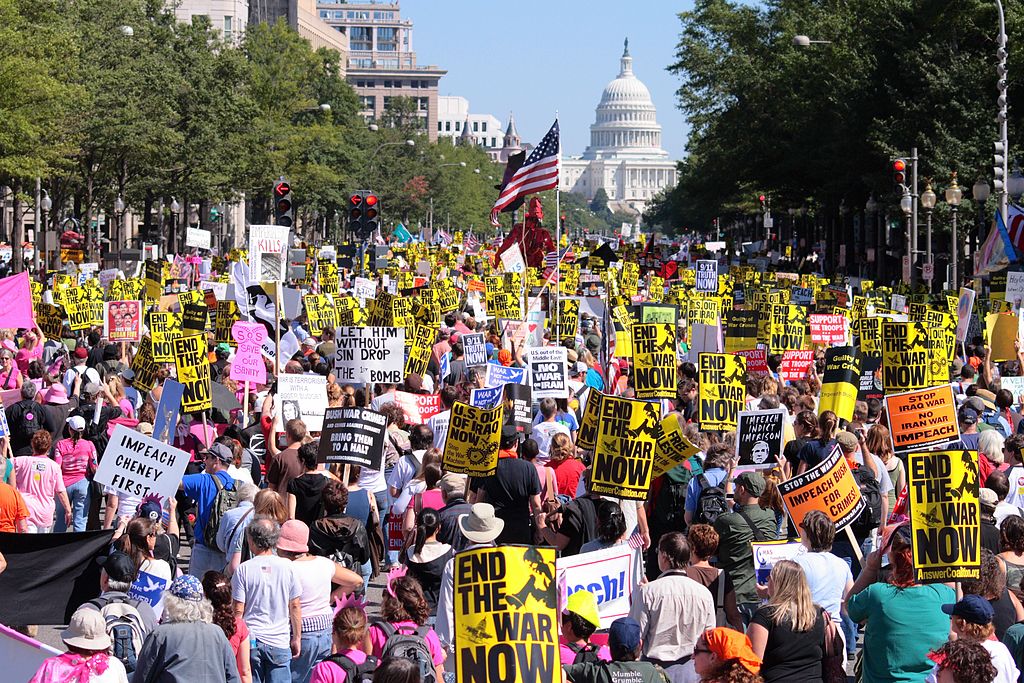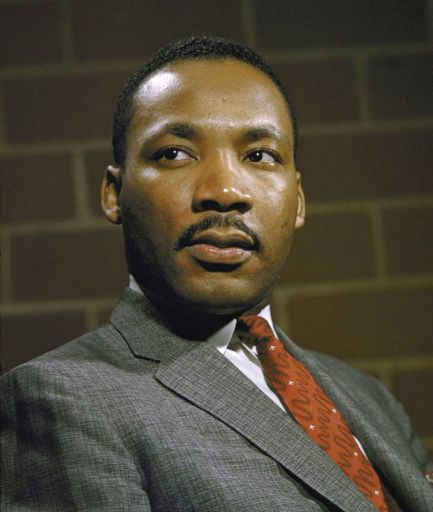by Terry Messman
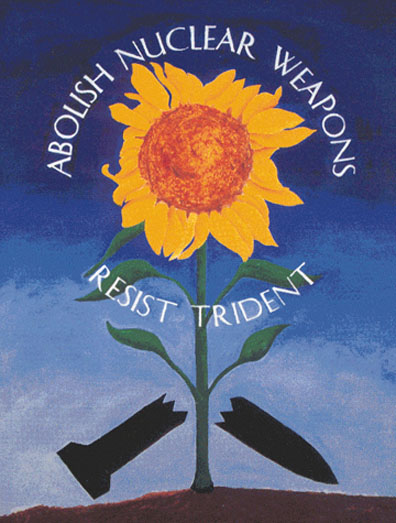
Poster art courtesy Ground Zero Center; gzcenter.org
When Father Dave Becker came to dinner at the home of Jim and Shelley Douglass next to the Trident base, the first sentence he said after he sat down on the sofa was, “I want to understand from you what it means to be the chaplain of the Auschwitz of Puget Sound.”
Street Spirit: After Robert Aldridge alerted you that first-strike Trident nuclear submarines would be based near Seattle, what were the first steps in planning a campaign that could resist such an overwhelming weapons system?
James Douglass: Number one, every worker on the Trident nuclear submarine base is Robert Aldridge.
Spirit: A potential Robert Aldridge, meaning a person of conscience?
Douglass: Yes, potentially. Therefore we must respect, understand and grow in truth through dialogue with every worker, and every civilian military employee on the Trident nuclear submarine base. We lived alongside it and worked alongside it. So everything we did had to fulfill that purpose.
On the one hand, we had to block the system — that systemic violence we’re talking about. That’s the Trident system which could literally destroy the world through nuclear fire and radioactivity. We had to block that through nonviolent and loving resistance.
And secondly, we had to engage in dialogue and respectful relationships with the people who were involved in that system, just as all of us were, and are, involved.
We are all involved. That goes from paying taxes, which we all do, even those of us who are military tax resisters because they collect the taxes in other ways. And through our silence, which we all do to the extent that we all aren’t constantly out there speaking against the evils in our society. And the number one evil is our capacity to destroy all life on earth, since we are U.S. citizens with the most powerful arsenal ever devised.
So on the one hand, resistance. On the other hand, dialogue.
Read the rest of this article »



